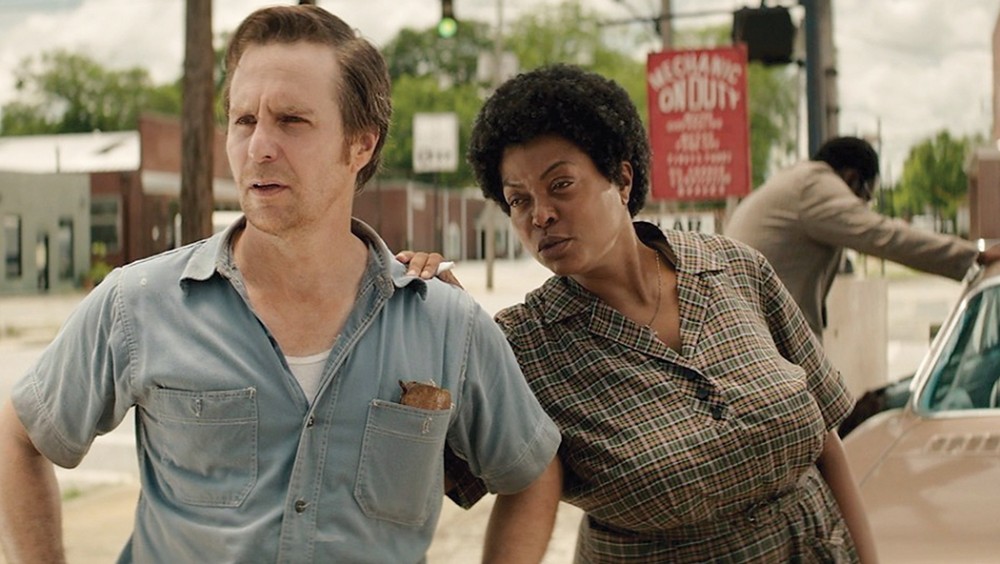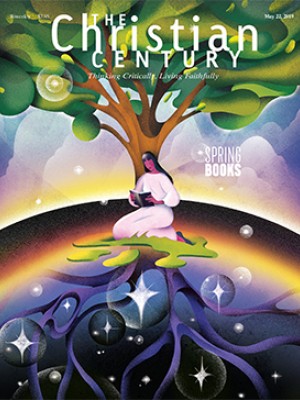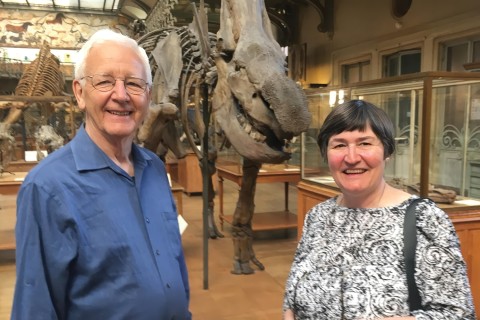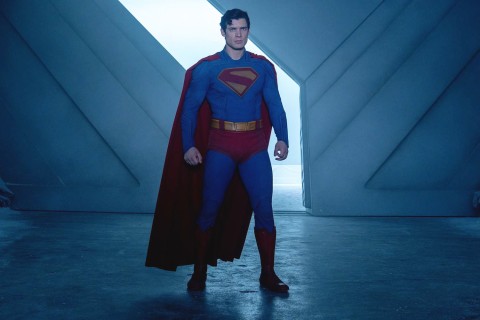The Best of Enemies is a movie centered on one white man’s conversion
Personal conversion is part of social change, but we can’t end our stories there.

Osha Gray Davidson’s book The Best of Enemies tells the story of Ann Atwater and C. P. Ellis, who in 1971 cochaired a citywide deliberation— called a charrette—on desegregating public schools in Durham, North Carolina. The dramatic hook for the story is that Atwater was an outspoken black civil rights activist and Ellis was the head of the local Ku Klux Klan. Their experience leading the charrette led to Ellis’s public denouncement of the Klan, the integration of Durham’s schools, and the beginning of their friendship. Their story was a Hollywood racial reconciliation movie waiting to happen, and we don’t have to wait any longer.
The movie, directed by Robin Bissell, draws heavily on documentary footage of Atwater (played by Taraji P. Henson in the movie) and Ellis (Sam Rockwell) talking about their friendship in clips that open and close the film’s fictional reenactment. This long introduction and conclusion may represent Bissell’s effort to forestall the criticism that greeted the movie Green Book, which centered on the interracial friendship between black pianist Don Shirley and his white driver, Tony Lip. Although that film won the Oscar for best picture this year, it was met with virulent protest, especially from Shirley’s family, who argued that Shirley himself did not consider Lip a close confidant, much less the life-transforming force the movie portrays Lip as being.
Read our latest issue or browse back issues.
The Best of Enemies goes out of its way to make sure we know it is not fabricating this friendship, which from many accounts was intense, if sometimes contentious for over 30 years. But movies featuring real-life events make choices about what narratives to highlight. In this case, Bissell can’t resist the pull of the conversion narrative. By centering the movie on Ellis’s inner life, the movie ends up doing all it can to dramatize the white man’s experience. This means, on the one hand, making viewers feel the full shock of Ellis’s conversion by stressing that he is not just any run-of-the-mill racist; he’s the Grand Cyclops of the local wing of the KKK. On the other hand, the film suggests that once the white leader sees the error of his ways, with the help of the kindness of a black person, the major problems of racism that plague Durham will be solved.
The film takes us inside Ellis’s life, trying to explain the poverty, resentment, and ignorance that contribute to his unreflective bigotry and racism. It even tries to normalize the Klan by suggesting that membership (at least for Ellis) is driven more by a longing for purpose and belonging than an unshakable conviction about the superiority of the white Anglo race. There may be something to learn from this treatment of Ellis at a time when open white supremacy is on the rise. But none of the other men attracted to the Klan have the same change of heart as Ellis does, and most of the town’s powerful white leaders are every bit as racist, even if they avoid the lower-class association of the Klan.
By putting Ellis so firmly at the center of the film, Bissell ensures that Atwater herself serves mainly as the one who awakens Ellis’s heart. The film assumes we know her motivations—“she’s a black woman so of course she wants desegregation”—but we learn almost nothing about how she ended up a single mother, when and how she got into community organizing, and what she thought about the prospects of racial reconciliation in her hometown.
Dramatic changes of heart are hard to resist for Hollywood, and maybe even harder to resist for Christian filmgoers, since this kind of redemption narrative is a part of Christian DNA. This is Saul-on-the-road-to-Damascus territory: former persecutor of the faith is convicted of his sin and transformed into a new spokesman for the faith. Surely personal conversion is part of social change, but if we stop our stories there, we miss the chance to think more deeply about how social change happens.
The Best of Enemies hints at something far more radical than one man’s conversion, though, and that is the idea of the charrette itself. In the 1970s or today, the idea that people with opposing ideas and beliefs could spend twelve hours a day for two weeks in debate, conversation, and resolution drafting seems harder to imagine than the idea of a black woman and a white man becoming friends. All we get of the charrette in the film is a briskly paced montage set to music of black and white participants talking, eating meals, debating, drafting proposals, and voting. We barely hear any of their actual conversations. We don’t know how they argued, expressed their differences, and slowly worked toward something like a livable compromise. Apparently that was more than the screenwriters could imagine too.
Many of us feel palpably the segregation of our society into polarized politics and social media bubbles and long for personal and social transformation. The Best of Enemies helps remind us of the real vulnerability that is part of that transformation. But we are going to need more than emotional uplift to overcome segregation. Maybe we need a sequel that is just about the charrette.





